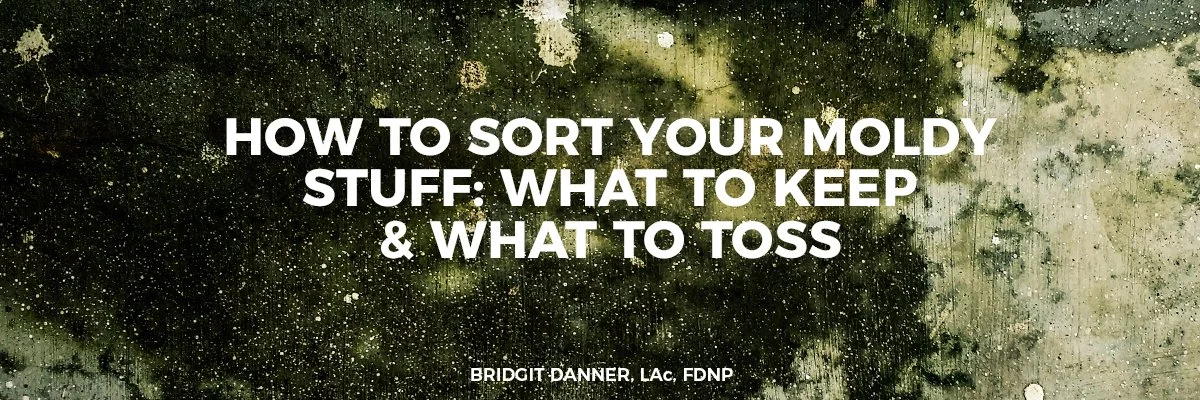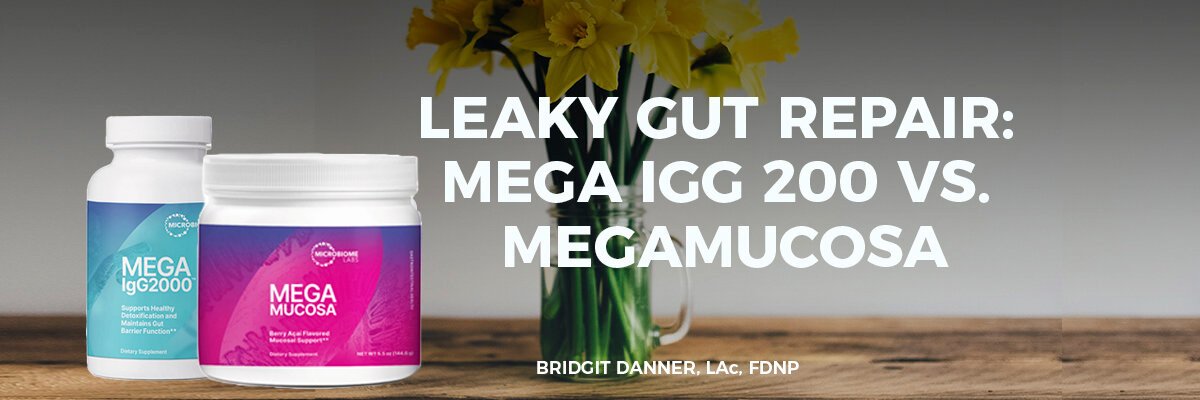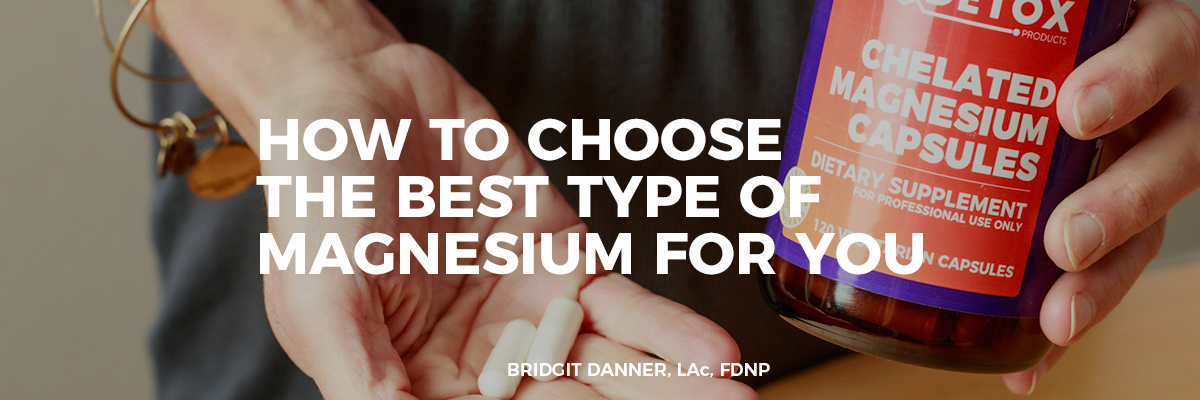How to Sort Your Moldy Stuff: What to Keep and What to Toss
Discovering your home has toxic mold brings up a lot of emotions. Relief at finally getting some answers to your mystery health issues. Hope that in time your nagging symptoms will disappear. And overwhelm at the thought of tackling the whole remediation process.
A ton of questions flood your brain. And one of the huge ones is what on earth to do with all your stuff?
But don’t worry, I’ve got you covered! This article will break down how to be smart about sorting through your stuff, so you can leave toxic mold in your rear-view mirror.
The Mold Remediation Dilemma: What Stays & What Goes?
What to do about clothes, furniture, books, toys, etc.? It’s a tough question. The accumulated financial and sentimental value is substantial.
In my case, we got rid of nearly everything. I kept about five items of clothing, four pairs of boots, one box of important paper and photos, one laptop and one phone. That’s it.
Mistakes Made & Lessons Learned
At first we did not realize the health issue of belongings in a moldy house. We moved everything from a moldy basement up to the main floor, which was a big mistake. Then we moved a small amount of clothes, toys and toiletries to our temporary home; also a big mistake.
The first situation got me much sicker, and the second made a safe space not so safe anymore.
We did try washing clothes with special mold detergent, cleaning the house well with essential oils, and using ‘mold candles.’ The cleaning would help temporarily, but the clothes still made us feel worse.
The test: stick your face into the clothing item and breathe. Do you feel worse?
The paper in books is great food for mold, and I was devastated to give away my whole collection of health books, except for one notebook that I put in storage.
I had bought a $2,000 desktop computer just a few months before we found the mold, and it got completely ruined. I cleaned it and put compressed air into it several times to no avail. Powering it up made me feel sick.
Some furniture and other items we sold. I suppose this seems morally debatable, but, unless the buyer is super sensitive to mold, it will be fine. You react to your own moldy things, but not everyone will. We never got any follow-up complaints.
Some hardwood furniture, tools and other items we put in a storage container, hoping we could revisit them and use them again. As soon as we opened the storage locker, I experienced mold rage. I think my ex saved some power tools, but the rest we sold or gave away.
Mold rage is a sudden, irrational anger when exposed to mold. You may also feel other sudden symptoms like a drugged, disoriented feeling, a headache or a racing heartbeat.
Tips for Sorting Through Your Moldy Stuff
Getting a storage container is a decent idea if you have belongings you hate to part with. Clean them before they go in, and then see how you react to them in 3-12 months.
Mold can grow in storage units, so use one with humidity and temperature control and consider adding a desiccant device. This can also be a good option for storing sentimental items or important papers that you do want to keep, but not in your safe home.
Nowadays there are foggers, sprays and services companies that claim they can eliminate mycotoxins/mold danger completely. I do have concerns about whether these methods can fully eliminate toxins to a level that is just fine for your health, so please judge carefully according to your own situation.
Items that can be cleaned ‘easily:’
Metal mixing bowls and utensils
Ceramic plates, bowls, cups
Items that are very difficult to clean:
Computers, TVs
Appliances like refrigerators, juicers, air purification units
Books, photos, magazines, papers
Items with motors are near impossible to clean. They have cavities where mycotoxins can get in and you just can’t get them out.
All paper items are really impossible to clean. You can scan important papers or keep them in a Rubbermaid to open only when really necessary.
Idea: You can buy a stand-alone scanner with a feeder and hire someone on Craig’s List to input and label everything on your computer.
If you aren’t used to hiring people you may feel this is unnecessary, ‘weak’ or that you can’t trust a stranger. I challenge you to think outside your assumptions. As someone who has done a lot of hiring for a lot of various jobs, I know how helpful it is.
Items that ‘maybe’ could be cleaned:
Clothes and shoes
Linens
Toys
Furniture
This is my list of items that could potentially be cleaned with special mold laundry washes, non-toxic mold foggers with enzymes, or in a DIY ‘mold bath’ of vinegar, water and essential oils. I also see some people in chat groups using Borax. Here is a product example: link.
As I said earlier, we didn’t end up keeping any of this stuff, except for about ten items. Clothes harbor mycotoxins. I managed to rescue about 4 pants, 2 boots and have 1 notebook in a Tupperware box.
We put some solid wood furniture in storage to evaluate later. We got rid of all of it. We were clearly mold affected by our storage unit, and the furniture that once seemed ‘valuable’ now just seemed like random stuff that could be replaced. Many people say that wooden furniture is safe but I did not find that. Putting it away for a little while made the decision easier.
When it Comes to Mold Recovery – Support is EVERYTHING
Between testing your home, sorting through your stuff, and detoxing your body – the whole mold recovery process is a lot. There’s a million questions, things to learn, and even more things to do.
Looking back at my own mold journey, there are so many things I wish I’d known. Hindsight truly is 20/20. I’ve learned so much valuable information over the years that sometimes I feel like a walking mold encyclopedia!
This brings me to some exciting news – in April, my new book The Ultimate Toxic Mold Recovery Guide is coming out! It’s jam-packed with everything you could possibly want to know about recovering from mold illness.
This book was created for YOU my community, to walk you step-by-step on how to take charge of your home and recover your health. More updates are coming, so stay tuned!
Get the Whole Story…
Pick up my book on Amazon- through Kindle, paperback, or audiobook- to get a complete guide for you mold recovery. I cover everything from testing to supplements and everything in between.
The Ultimate Guide to Toxic Mold Recovery Guide: Take Back Your Home, Health and Life.
Bridgit Danner, LAc, FDNP, is trained in functional health coaching and has worked with thousands of women over her career since 2004. She is the founder of Women’s Wellness Collaborative llc and FunctionalDetoxProducts.com.
Check out her easy 5-Day DIY Detox Guide here!














In Chinese medicine, every organ system has a corresponding emotion, and if that emotion is at an extreme, the organ function can be affected. In today’s article, I’m going to use the concept of ‘overthinking damage digestion’ to describe some of the effects of worry and ‘overthinking’ on digestive function.